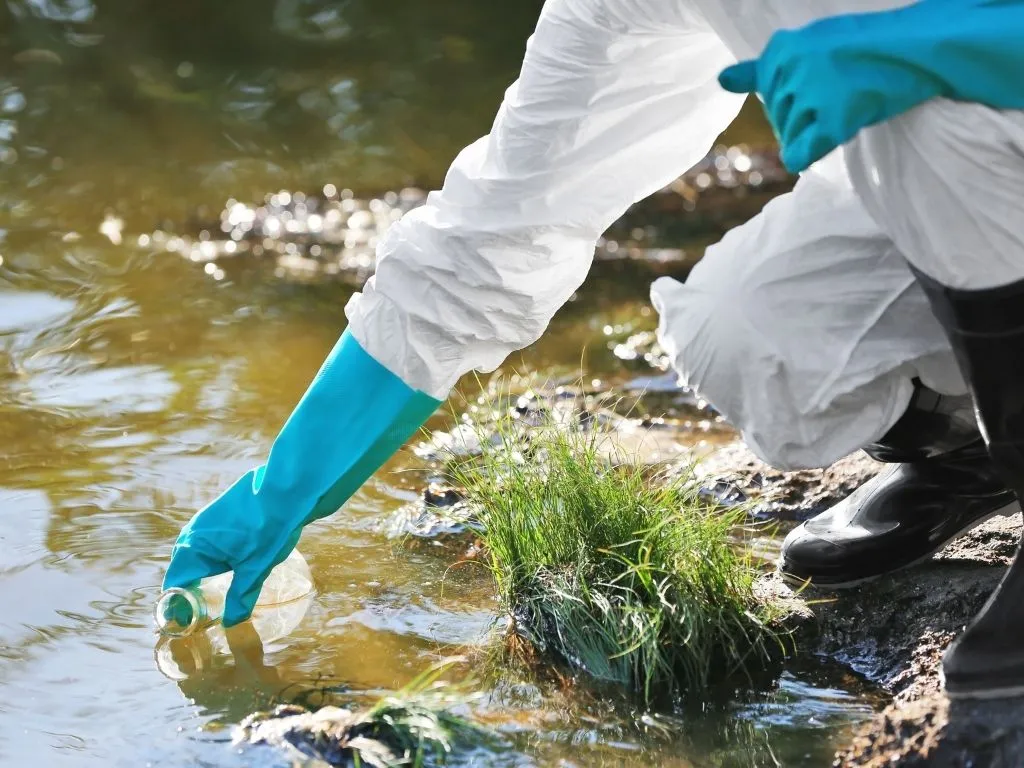News Details

US EPA Proposes Draft Biological Evaluations for 11 Rodenticides under the Endangered Species Act
The U.S. Environmental Protection Agency (EPA) has initiated the registration review process by releasing a draft biological evaluation (BE) for 11 rodenticides that will assess their effects on species and critical habitats protected under the Endangered Species Act (ESA). The 60-day public comment period is now open and comments will be accepted until January 29, 2024.
Substances covered:
The 11 rodenticides covered by the draft biological evaluations are:
- First generation anticoagulants (FGARs):
- Warfarin
- Chlorophacinone
- Diphacinone
- Second generation anticoagulants (SGARs):
- Brodifacoum
- Bromadiolone
- Difenacoum
- Difethialone
- Non-anticoagulant rodenticides:
- Bromethalin
- Cholecalciferol
- Strychnine
- Zinc phosphide
ESA Requirements:
The Endangered Species Act (ESA) requires federal agencies, including EPA to protect species listed as threatened or endangered and protect their designated critical habitats. The registration review process which falls under the Federal Insecticide, Fungicide, and Rodenticide Act (FIFRA), constitutes an EPA "action" under the ESA.
Consultation Process:
Should EPA determine that a pesticide may impact listed species or their designated critical habitat, formal consultation with the U.S. Fish and Wildlife Service and/or the National Marine Fisheries Service (collectively referred to as the Services) must be initiated.
Settlement Agreement Deadline:
A settlement agreement sets a deadline of November 2024 for EPA to finalize nationwide consultation effects determinations for the active ingredients brodifacoum, bromadiolone, warfarin and its sodium salt, and zinc phosphide. The agreement also empowers EPA to make effects determinations and consult, as needed, on additional rodenticide active ingredients under review.
Findings:
The preliminary assessment indicates that these rodenticides could adversely impact 1% to 8% of all listed species (9 to 136 ESA-protected species) and 4% of habitats (38 critical habitats). Adverse effects include potential harm or mortality to at least one individual of a protected species.
However, the Agency predicts that less than 5% of listed species and 1% of critical habitats may be at risk in the future from current pesticide use.
To address concerns, the draft Biological Evaluation (BE) suggests maintaining existing mitigation measures from the previous year and a pilot program. Additionally, the draft proposes modifications to earlier recommendations and introduces new actions, such as restricting the placement of bait station near structures, prohibiting direct application to water, and avoiding usage in areas or at times when secondary predatory species might be exposed.
Further actions include mandatory carcass searches for second-generation anticoagulant (SGAR) applications, monitoring burrow holes after field applications, and updating registration conditions to include a clause for notification to EPA if additional measures are deemed necessary.
The final BE and associated opinions will assist EPA in identifying potential use restrictions or any additional requirements for pesticide registration or labelling that may be essential to protect listed species and their habitats.
We acknowledge that the above information has been compiled from Environmental Protection Agency.


